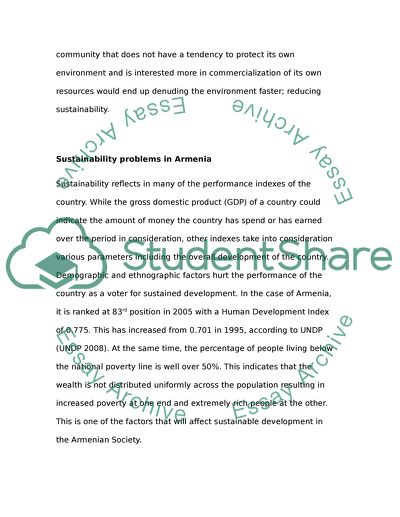Cite this document
(“Sustainability in Armenia as an Ethnographic Problem Case Study”, n.d.)
Sustainability in Armenia as an Ethnographic Problem Case Study. Retrieved from https://studentshare.org/miscellaneous/1507845-sustainability-in-armenia-as-an-ethnographic-problem
Sustainability in Armenia as an Ethnographic Problem Case Study. Retrieved from https://studentshare.org/miscellaneous/1507845-sustainability-in-armenia-as-an-ethnographic-problem
(Sustainability in Armenia As an Ethnographic Problem Case Study)
Sustainability in Armenia As an Ethnographic Problem Case Study. https://studentshare.org/miscellaneous/1507845-sustainability-in-armenia-as-an-ethnographic-problem.
Sustainability in Armenia As an Ethnographic Problem Case Study. https://studentshare.org/miscellaneous/1507845-sustainability-in-armenia-as-an-ethnographic-problem.
“Sustainability in Armenia As an Ethnographic Problem Case Study”, n.d. https://studentshare.org/miscellaneous/1507845-sustainability-in-armenia-as-an-ethnographic-problem.


